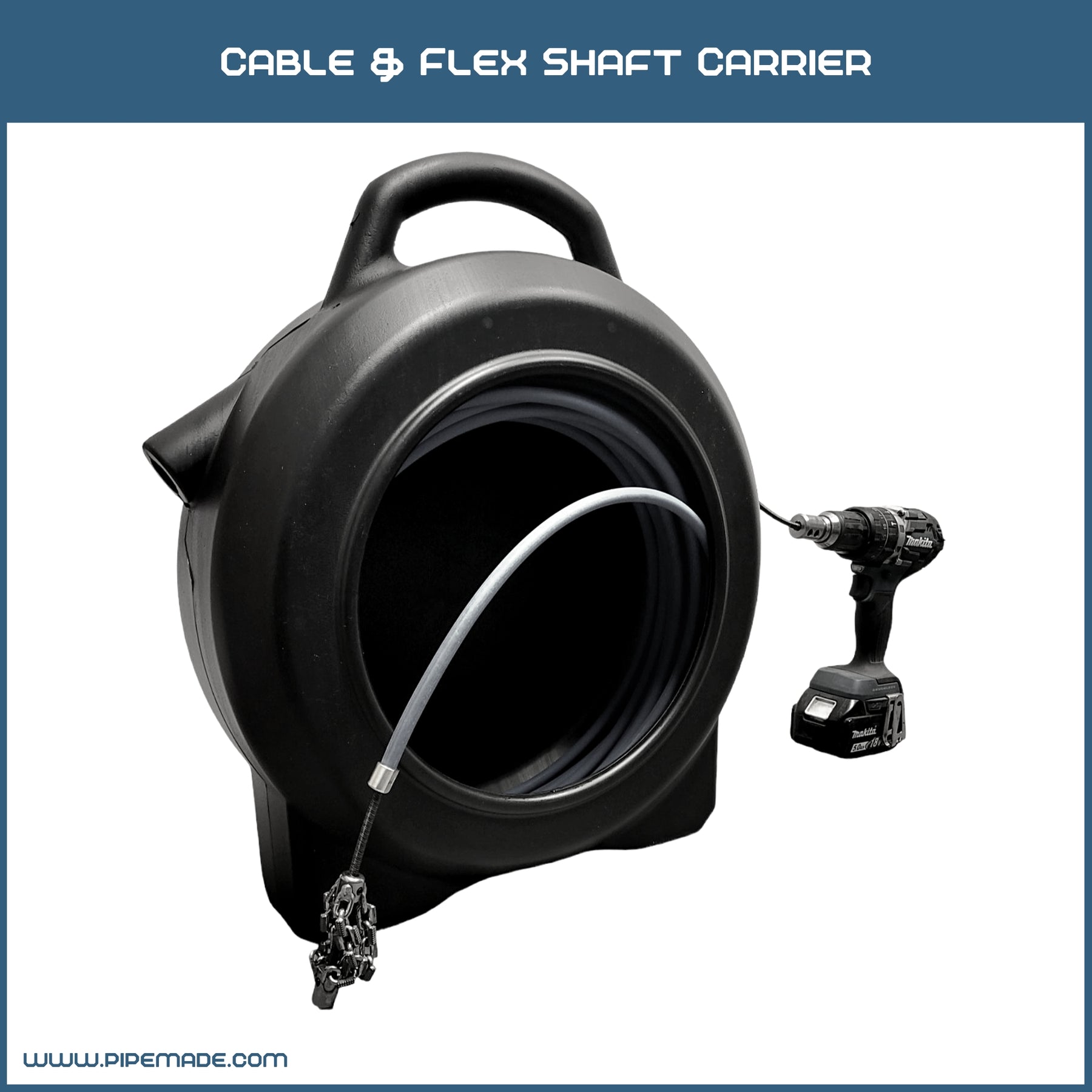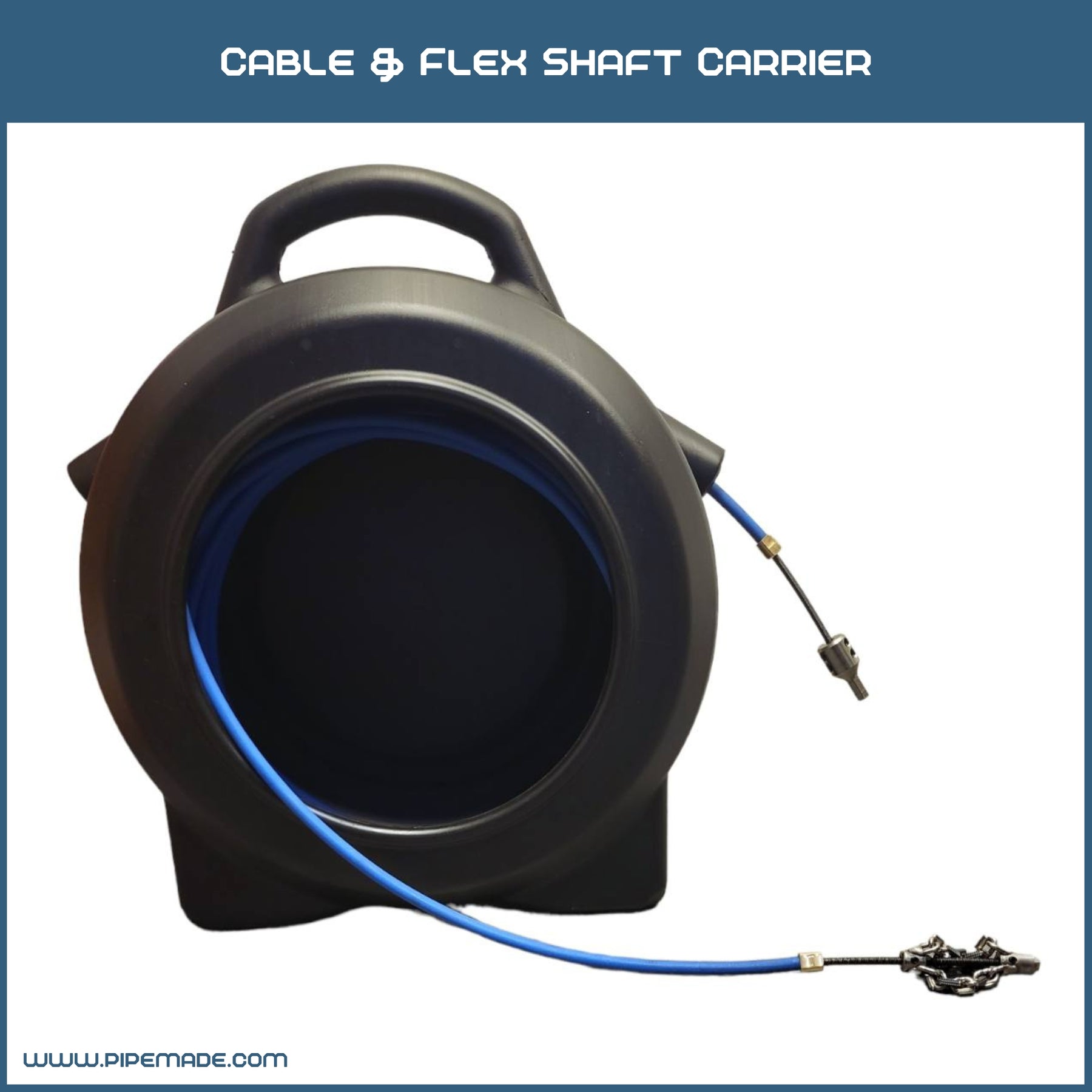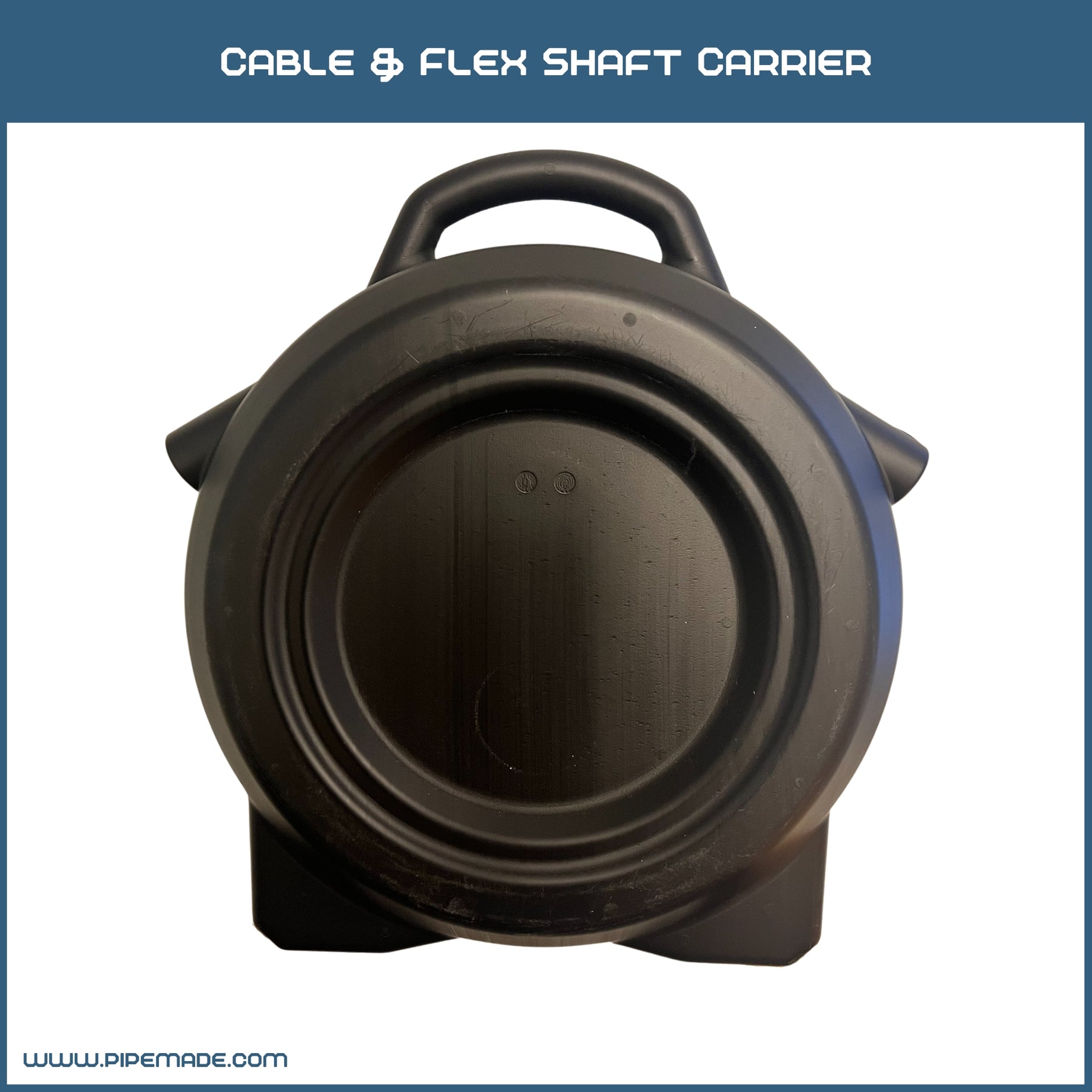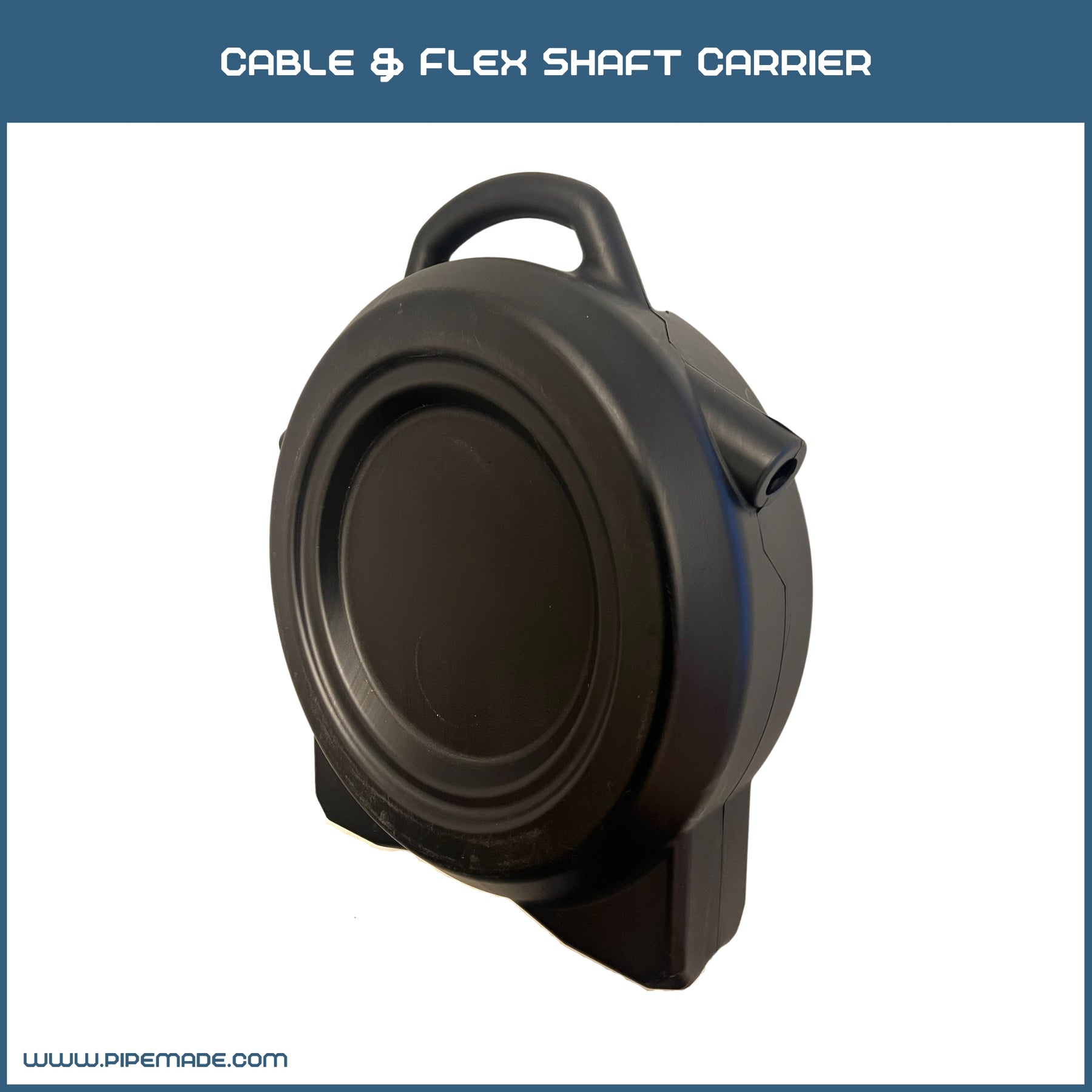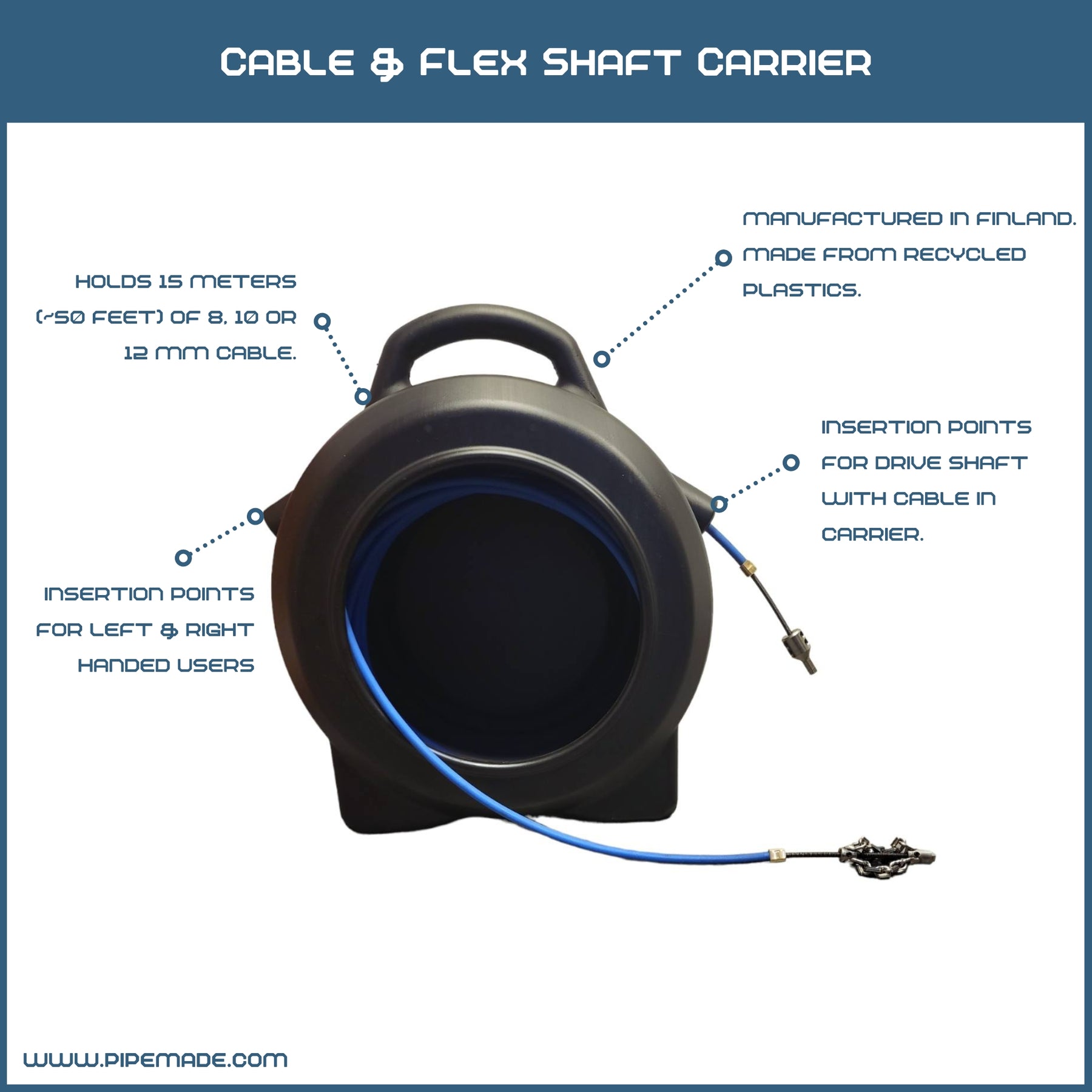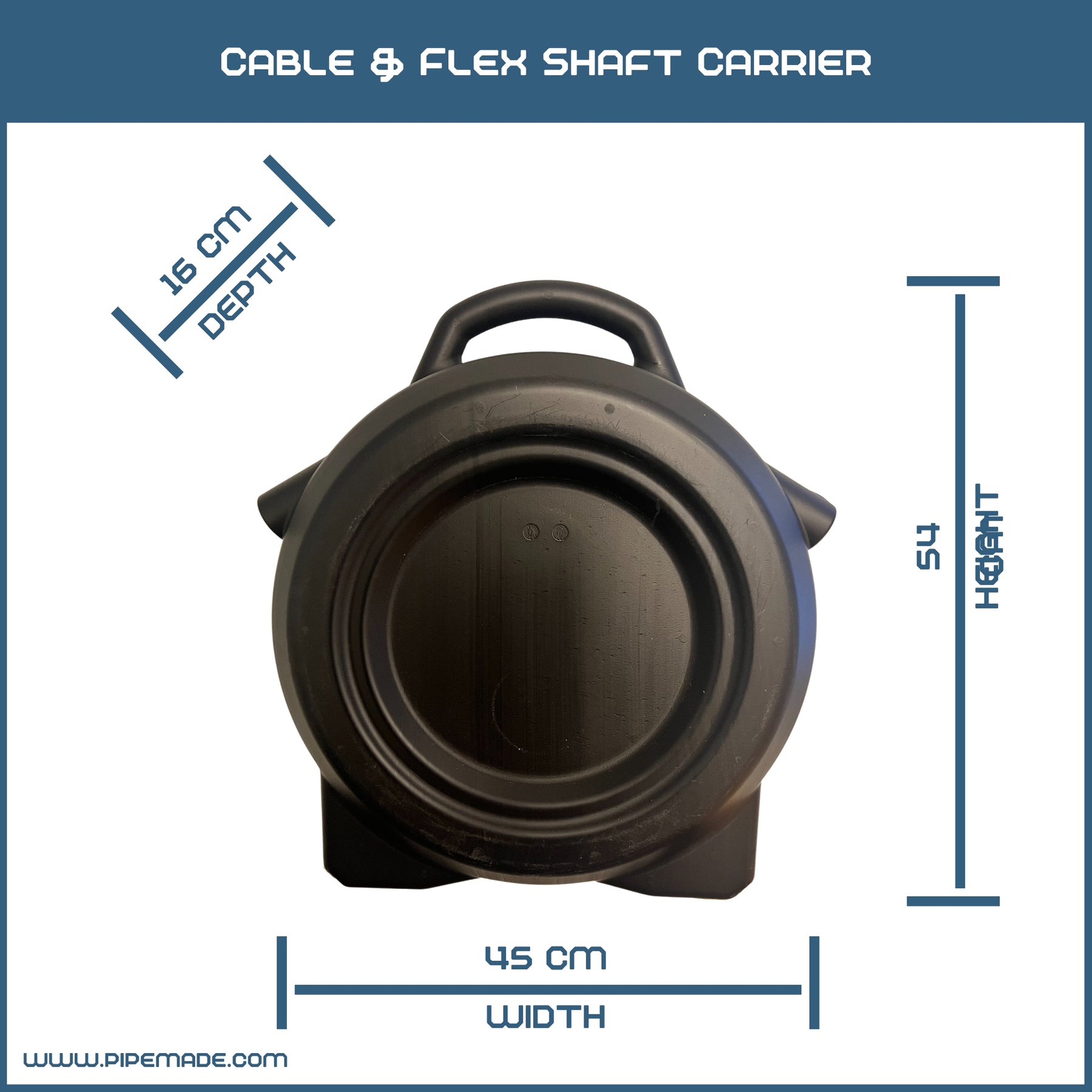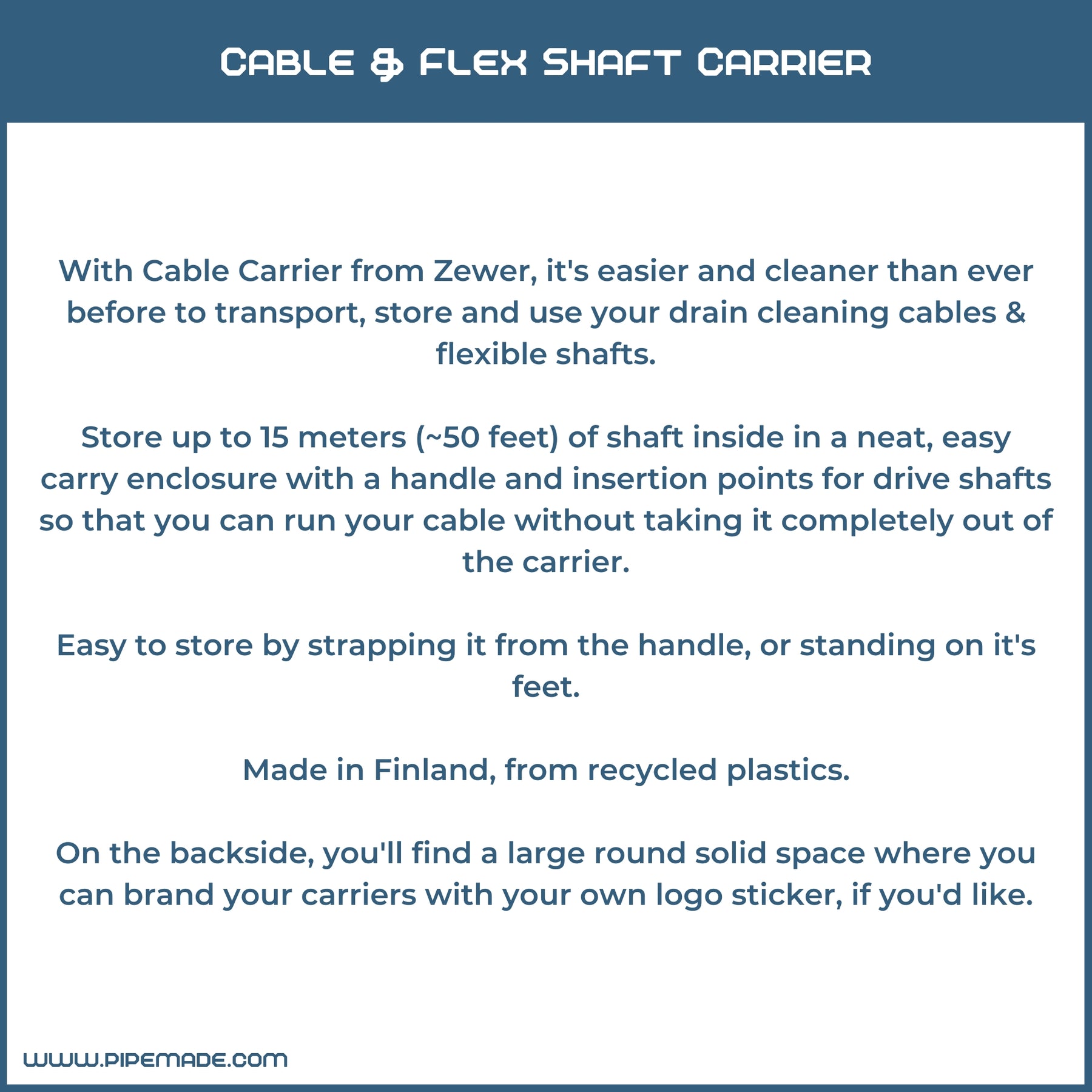Today we're gonna take a look at the basics of Pipe Coating. As coating is applied today, there are two most common ways of going about it - brush coating and spray coating. Both have their distinct differences in how the coating material is applied to the inner surface of the pipe, and also some details you should pay careful attention to.

But let's start off by taking a quick trip back in time. I think it was circa year 2004, when pipe coating first landed in Finland. And oh boy, was that a start of an adventure! That adventure ended up lasting until about 2012. Fast forward to 2022, we still have a lot of contractors who are fully employed by fixing those old coating projects. What went wrong?
There are a lot of factors into what went wrong but from my perspective, the two leading factors that ended up ruining the reputation from an entire industry for a moment were:
Over-aggressive sales & marketing
Too motivational compensation models for installers
Also, the technology and chemistry used in the process of actually conducting the work were limited as well but I decided not to list that one as the main factor here, because the other two factors should've fixed the situation for this one.
As you can see, both of the factors I decided to name are of course something that vary from company to company, but I bring these out anyway as the history is what it is.
The over-aggressive sales and marketing led us to a situation where the market was saturated with customers expecting for a certain result out of a job that was sold to them, and installation companies and contractors who just couldn't live up to those promises technology and chemistry wise. The promises were too much to handle.
And as if that wasn't enough, then came in the over-motivationally compensated installers with way too little oversight from client-side and leadership-side in the installing companies: this led us to a place where, let's say that the technical side of a successful pipe coating demands for 3mm layer thickness placed on the inner surface of the pipe, and the installation teams who were compensated the higher the faster they worked, only ran just enough of layer thickness to the pipe so that the inspection recordings showed impeccable results.
I think it goes without saying that this, fast forward 3 to 5 years ahead, started causing a lot of issues. The insufficient layer thickness caused the coated surfaces to crack, exposing the original pipe laying under it. At that time, the customers were under an impression that the rehabilitation that was sold to them, would last for 15 years. So they had no idea what was coming for them.
I could talk about this for days on end so I'm just gonna stop here, as I think you get the picture. We fucked up. And we ended up atoning for our mistakes for a looong time. Of course, as relining with structural liners and resins started to pick up speed and technical capabilities, this became such a straightforward and reliable way of renovating pipes that the chaos caused by coating was soon forgotten.
But that's enough about history.
Why am I telling you this? Why would I want to defame pipe coating? It makes no sense whatsoever, as Pipemade is an ambassador to Pipe Coating among other solutions, right?
Wrong.
The reason I'm telling you this is that even though we had all those rough times back in the day, I personally think that those rough times are one of the biggest reasons why pipe coating has developed at such an incredible phaze over the past decade. You know, "we failed once and we will definitely not do it again" kind of mindset is what drives most development.
Today, the market is alive and well thanks to pioneers like Picote, Spraypoxy and Relining Group. (Disclaimer: Pipemade is an official reseller of Picote & Spraypoxy). It's funny, that all three companies I mentioned are actually Finnish companies. Developed and manufactured in Finland. I wonder if our history with coating is speaking for itself here.
Pipecoating as a process is quite straightforward work, and when applied correctly, it's yielding amazing results - both for the customer and for the contractor. In many ways it's similar to how relining is done.
You clean the pipes, you inspect the pipes, you map them out, you dry the pipes, and then you apply epoxy, polyurea or polyurethane coating through either spraying or brushing.
The main differences in the aforementioned Epoxy, Polyurea and Polyurethane coatings are explained in the following graphic: (tähän Spraypoxyn grafiikka)
But without further ado, here's a quick look to Pipe Coating in a video form from our partners at Spraypoxy:
See.
I also find the 5 points Picote is making about their Coating system here quite valuable so I urge you to take a look at this one as well:
Yay.


